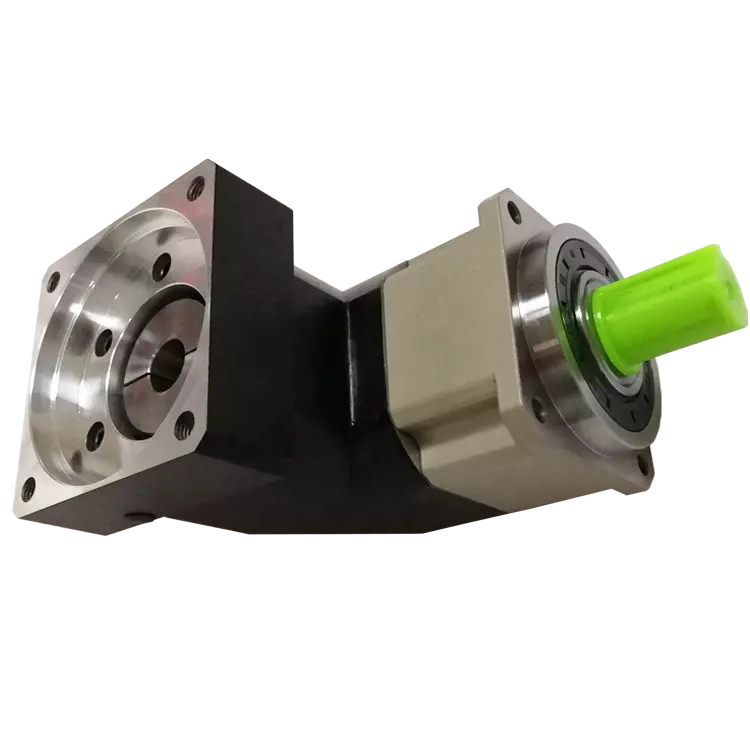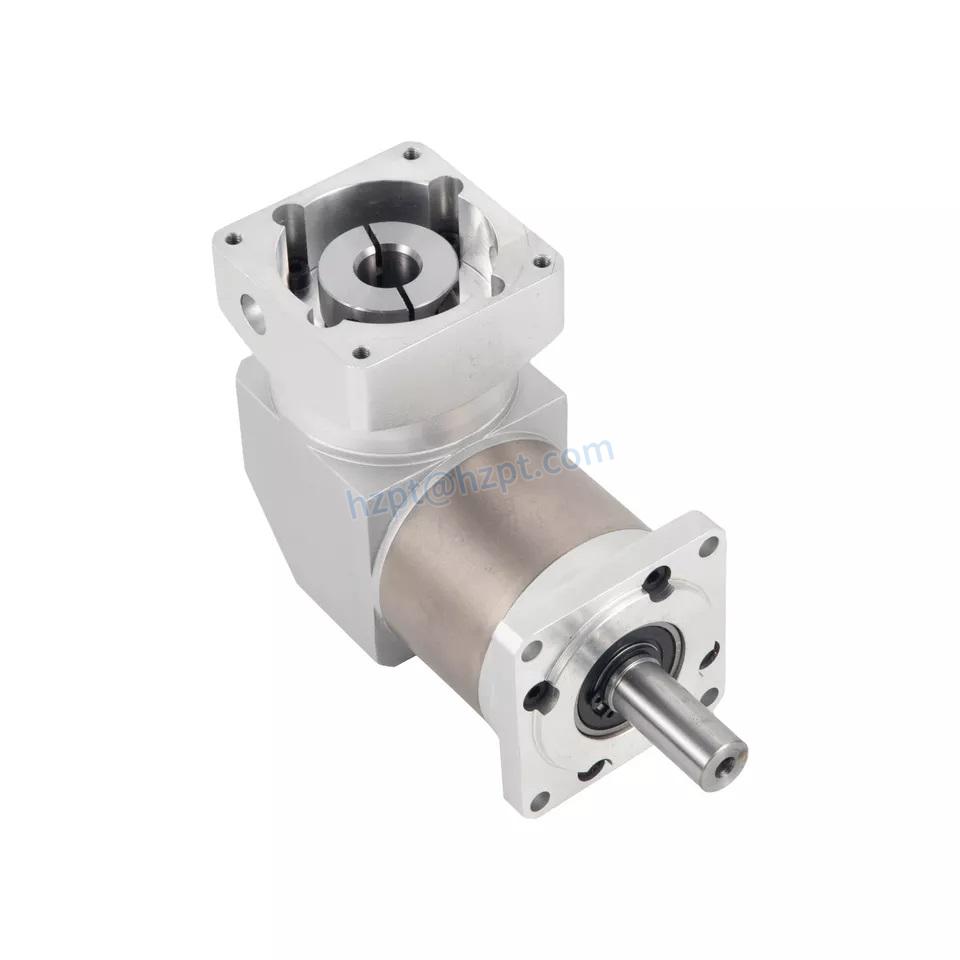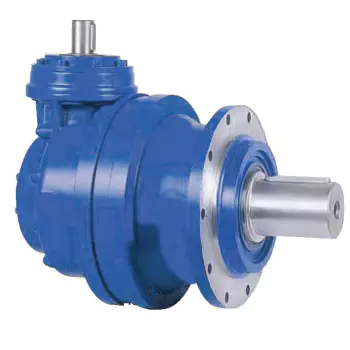Product Description
Product Parameters
|
K series helical bevel speed gearbox reducer |
|
|
Product name |
Model K 107 series helical bevel gearbox motor reducer with oil seal overload parallel transmission 90 degree China factory |
|
Warranty |
1 year |
|
Applicable Industries |
Hotels, Building Material Shops, Manufacturing Plant, Machinery Repair Shops, Food & Beverage Factory, Farms, Home Use, Retail, |
|
Weight (KG) |
50KG |
|
Customized support |
OEM, ODM, OBM |
|
Gearing Arrangement |
Helical |
|
Output Torque |
3.5-56845N.m |
|
Input Speed |
0-3000rpm/min |
|
Output Speed |
0.1-356rpm/min |
|
Place of Origin |
China |
|
Product name |
K Series Parallel Shaft Helical Gear Reducer |
|
Output Torque |
10-62800N.m |
|
Output Speed |
750-3000rpm/min |
|
Input Speed |
0-3000rpm/min |
|
Input power |
0.12-250kw |
|
Mounting Position |
Foot Mounted. Flange Mounted |
|
Ratio |
3.77~281.71 |
|
Gearing Arrangement |
Helical |
|
Reduction ratio |
68 |
|
Hardness of Tooth Surface |
Tooth surface hardness |
Description: K Series Helical Bevel Gearbox
Overview
(1) Input mode: coupled motor, belted motor, input shaft or connection flange.
(2) Right angle output.
(3) Compact structure.
(4) Rigid tooth face.
(5) Carrying greater torque, high loading capacity.
(6) High precision gear, ensuring the unit to operate stably, smooth transmission.
(7) Low noise, long lifespan.
(8) Large overlap coefficient, abrasion resistant.
Detailed Photos
Certifications
/* January 22, 2571 19:08:37 */!function(){function s(e,r){var a,o={};try{e&&e.split(“,”).forEach(function(e,t){e&&(a=e.match(/(.*?):(.*)$/))&&1
| Hardness: | Hardened Tooth Surface |
|---|---|
| Installation: | 90 Degree |
| Layout: | Expansion |
| Gear Shape: | Bevel Gear |
| Step: | Single-Step |
| Type: | Gear Reducer |
| Samples: |
US$ 1000/Piece
1 Piece(Min.Order) | |
|---|

Disadvantages and Limitations of Angle Gearbox Systems
While angle gearbox systems offer numerous advantages, there are also some disadvantages and limitations to consider:
- Complex Design: Angle gearboxes can have a more complex design compared to standard gearboxes, which can make them harder to manufacture, assemble, and maintain. This complexity can also lead to higher production costs.
- Efficiency Loss: Due to the multiple gear stages and changes in direction of motion, angle gearboxes can experience higher friction and efficiency losses compared to straight-line gearboxes. This can result in some energy loss and heat generation.
- Space Constraints: The design of angle gearboxes often requires more space to accommodate the multiple gear stages and components, which can be a limitation in applications with limited space.
- Increased Maintenance: The complex design of angle gearboxes can lead to increased maintenance requirements. Components such as bearings, seals, and gears may need more frequent inspections and replacements.
- Cost: Angle gearboxes can be more expensive to produce and maintain due to their intricate design and the precision required in manufacturing. This can impact the overall cost of the machinery or equipment in which they are used.
Despite these limitations, angle gearbox systems are chosen when their benefits outweigh their drawbacks for specific applications. Engineers and designers carefully assess the requirements of the application to determine if an angle gearbox is the optimal solution, taking into account factors such as space availability, load demands, efficiency considerations, and budget constraints.

Selecting the Right Angle Gearbox for an Application
Choosing the appropriate angle gearbox for a specific application involves considering several key factors to ensure optimal performance and reliability:
- Application Requirements: Determine the required torque, speed, and power output of the gearbox to match the demands of the application.
- Input and Output Angles: Identify the desired input and output angles for the gearbox to ensure it can effectively redirect motion as needed.
- Space Constraints: Evaluate the available space to select a gearbox that fits within the allocated area.
- Gearbox Type: Choose the suitable gearbox type (e.g., right angle, bevel, worm, hypoid) based on the application’s specific needs.
- Load Conditions: Consider factors such as load variation, shock loads, and continuous vs. intermittent operation to determine gearbox durability.
- Environmental Conditions: Account for factors like temperature, humidity, and exposure to contaminants, which can affect gearbox performance and lifespan.
- Efficiency: Evaluate the gearbox’s efficiency, as lower efficiency may result in more energy consumption and heat generation.
- Mounting and Installation: Ensure that the gearbox can be easily mounted and integrated into the existing system.
- Maintenance and Servicing: Consider the ease of maintenance, accessibility to components, and availability of replacement parts.
- Budget: Compare the cost of the gearbox with its features and benefits to determine its overall value for the application.
By carefully considering these factors, engineers and designers can select the right angle gearbox that best meets the requirements of the specific application, ensuring optimal performance and longevity.

Types of Angle Gearboxes and Their Functions
Angle gearboxes, also known as bevel gearboxes, come in different types, each designed for specific functions and applications. The various types of angle gearboxes include:
- Straight Bevel Gearbox: This type of angle gearbox features straight-cut bevel gears with intersecting shafts set at a 90-degree angle. It is commonly used for changing the direction of rotational motion in applications such as automotive differentials and power tools.
- Spiral Bevel Gearbox: Spiral bevel gearboxes utilize spiral-cut bevel gears that offer smoother and quieter operation compared to straight-cut gears. They are employed in applications where reduced noise and improved load-carrying capacity are important, such as in heavy machinery and vehicles.
- Skew Bevel Gearbox: Skew bevel gearboxes have shafts set at an angle other than 90 degrees. They are used in applications where the intersecting shafts do not align at a right angle. Skew bevel gears are often found in industrial machinery and equipment that requires a specific angle of transmission.
- Hypoid Gearbox: Hypoid gearboxes feature hypoid gears, which are a variation of bevel gears with offset axes. This design allows the gears to mesh smoothly while reducing noise and increasing torque transmission efficiency. Hypoid gearboxes are commonly used in automotive applications like rear-wheel-drive systems.
- Angular Bevel Gearbox: Angular bevel gearboxes are designed for applications where the angle between the input and output shafts is adjustable. They are used in situations where the desired transmission angle can be changed to achieve specific mechanical requirements.
Each type of angle gearbox serves a distinct purpose, catering to various industries and applications. Their designs are optimized to provide efficient motion transmission, reliable performance, and the ability to accommodate different angles and loads.


editor by CX 2024-04-26
